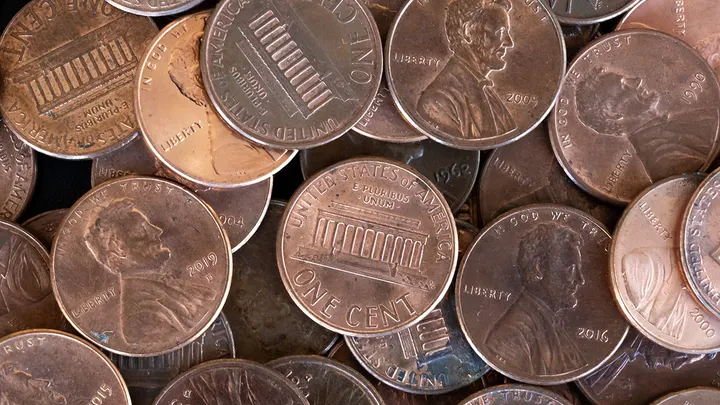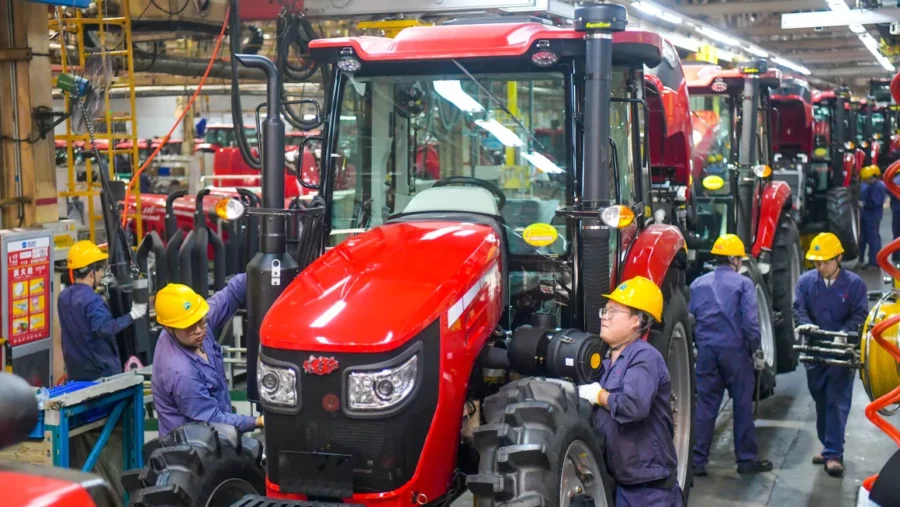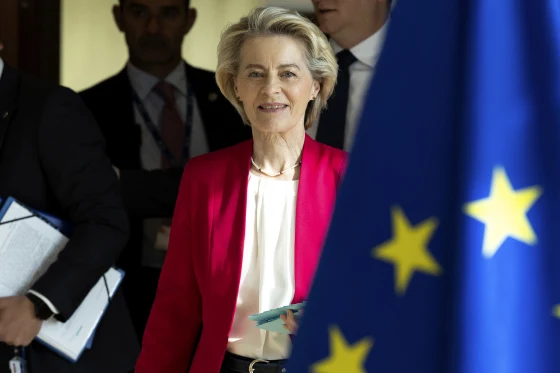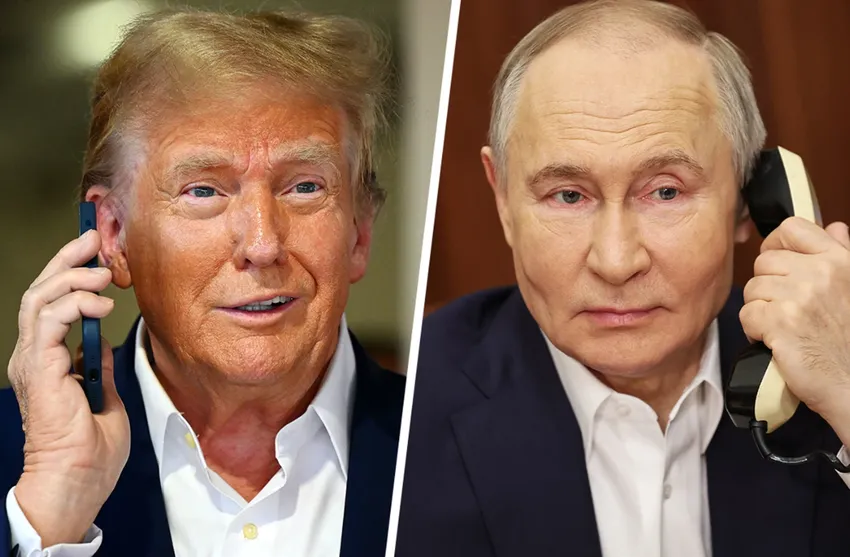Chủ tịch Trung Quốc Tập Cận Bình bắt đầu chuyến công du Đông Nam Á giữa lúc chiến tranh thương mại Mỹ – Trung Quốc leo thang, nhấn mạnh vai trò của Việt Nam.
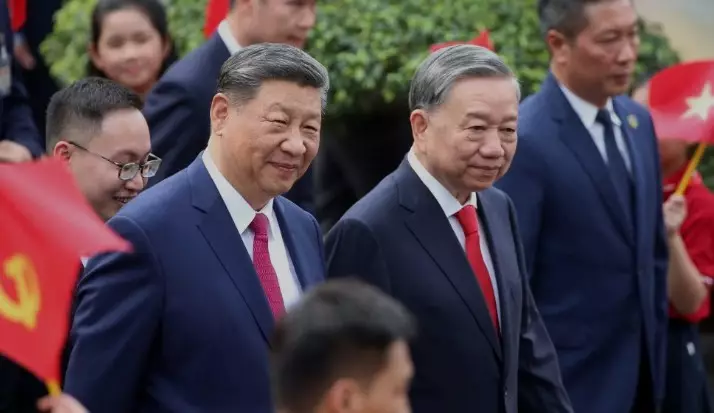
Tác giả: Lê Hồng Hiệp
Trong bối cảnh căng thẳng thương mại giữa Hoa Kỳ và Trung Quốc đang leo thang, Chủ tịch Trung Quốc Tập Cận Bình đã bắt đầu chuyến công du kéo dài năm ngày tại khu vực Đông Nam Á, với điểm đến đầu tiên là Việt Nam. Động thái này được xem là bước đi chiến lược nhằm củng cố liên kết kinh tế trong khu vực, giữa lúc các nước đang chịu ảnh hưởng trực tiếp từ chính sách thuế quan của chính quyền Tổng thống Donald Trump.
Mở đầu chuyến thăm tại Hà Nội, ông Tập đã hội đàm với Tổng bí thư Nguyễn Phú Trọng và Chủ tịch nước Tô Lâm, nhấn mạnh sự cần thiết của việc tăng cường hợp tác kinh tế và chuỗi cung ứng. Hai bên đã ký kết gần 45 thỏa thuận hợp tác song phương, trải dài từ cơ sở hạ tầng, công nghệ, đến logistics – cho thấy nỗ lực thúc đẩy sự gắn kết kinh tế ngày càng lớn giữa hai quốc gia.
Tuy nhiên, phản ứng từ phía Mỹ không mấy tích cực. Tổng thống Trump, từ Nhà Trắng, cho rằng các cuộc đàm phán này là một phần trong kế hoạch “gây thiệt hại cho lợi ích Hoa Kỳ.” Ông bình luận thẳng thắn: “Tôi không trách Trung Quốc hay Việt Nam, vì ai cũng tìm kiếm lợi ích của mình. Nhưng rõ ràng họ đang bàn bạc cách để khiến nước Mỹ gặp bất lợi.”
Việt Nam, trong bối cảnh này, đang đứng giữa hai sức ép lớn từ các siêu cường. Theo số liệu mới nhất, trong quý I năm nay, Việt Nam nhập khẩu khoảng 30 tỷ USD hàng hóa từ Trung Quốc, đồng thời xuất khẩu khoảng 31,4 tỷ USD sang Hoa Kỳ. Điều này phản ánh sự phụ thuộc lẫn nhau giữa Việt Nam và hai thị trường lớn nhất thế giới, trong khi quốc gia này vẫn tìm cách tận dụng cơ hội từ cả hai phía.
Truyền thông Trung Quốc cho biết sau khi rời Hà Nội, Chủ tịch Tập sẽ đến Campuchia và Malaysia – hai quốc gia cũng đang tìm cách cân bằng giữa lợi ích thương mại và áp lực thuế quan từ Hoa Kỳ. Được biết, một số thị trường đã áp thuế lên tới 145% đối với hàng hóa Trung Quốc, nhưng đang có động thái đàm phán giảm nhẹ trong khoảng thời gian tạm hoãn 90 ngày do phía Mỹ đề xuất.
Cùng lúc đó, ông Tập cũng có cuộc hội đàm riêng với Thủ tướng Phạm Minh Chính, nơi hai bên tái khẳng định cam kết phản đối các biện pháp đơn phương và thúc đẩy hợp tác đa phương toàn diện. Trong số các văn kiện được ký, nổi bật là kế hoạch tăng cường kết nối cơ sở hạ tầng xuyên biên giới, bao gồm đường sắt và các tuyến vận chuyển hàng hóa.
Ở chiều ngược lại, chính quyền Mỹ đang thúc giục Việt Nam giám sát chặt hơn luồng thương mại với Trung Quốc, trong nỗ lực tránh việc Trung Quốc lợi dụng Việt Nam để né tránh thuế quan. Trong một cuộc điện đàm gần đây giữa ông Trump và ông Tô Lâm, hai bên đã bàn bạc về khả năng điều chỉnh chính sách thuế theo hướng giảm nhẹ cho cả hai phía.
Theo các chuyên gia khu vực, các quốc gia Đông Nam Á đang đối mặt với bài toán khó trong việc duy trì vị thế trung lập. Nhiều nước lo ngại việc bị lợi dụng làm điểm trung chuyển hàng hóa của Trung Quốc để tránh hàng rào thuế quan từ Mỹ. Trong bối cảnh này, khả năng xảy ra một “tách rời kinh tế” (economic decoupling) toàn cầu đang trở thành chủ đề được thảo luận nhiều hơn trong các hội nghị kinh tế.
Phát biểu về vấn đề này, Bộ trưởng Tài chính Hoa Kỳ Scott Bessent nhấn mạnh rằng việc chia tách toàn diện là điều không ai mong muốn, nhưng không loại trừ khả năng xảy ra nếu các bên không đạt được thỏa thuận mới. Ông cho biết, “vẫn còn dư địa để đàm phán một thỏa thuận lớn.”
Tuy vậy, những nỗ lực của Mỹ nhằm thuyết phục các nước châu Mỹ La tinh rút lui khỏi các khoản đầu tư từ Trung Quốc đã vấp phải phản ứng mạnh mẽ từ Bắc Kinh. Một quan chức cấp cao của Trung Quốc đã gọi động thái này là hành vi “phá hoại chiến lược hợp tác phát triển toàn cầu.”
Một diễn biến đáng chú ý là việc Mỹ tạm thời miễn trừ thuế cho một số mặt hàng điện tử nhập khẩu từ Trung Quốc như điện thoại, máy tính xách tay và chip bán dẫn. Tuy nhiên, Tổng thống Trump nhấn mạnh rằng đây chỉ là giải pháp ngắn hạn, khẳng định: “Không ai được miễn trách nhiệm, đặc biệt là Trung Quốc – quốc gia đối xử tệ nhất với chúng ta.”
Trong khi chuyến công du của ông Tập vẫn đang tiếp diễn, các quốc gia Đông Nam Á, đặc biệt là Việt Nam, đang cố gắng tận dụng lợi thế địa chính trị và chuỗi cung ứng để tăng cường vị thế của mình trên trường quốc tế. Tuy nhiên, việc duy trì thế cân bằng giữa hai siêu cường kinh tế đòi hỏi sự thận trọng và chiến lược rõ ràng trong từng bước đi ngoại giao và thương mại.

